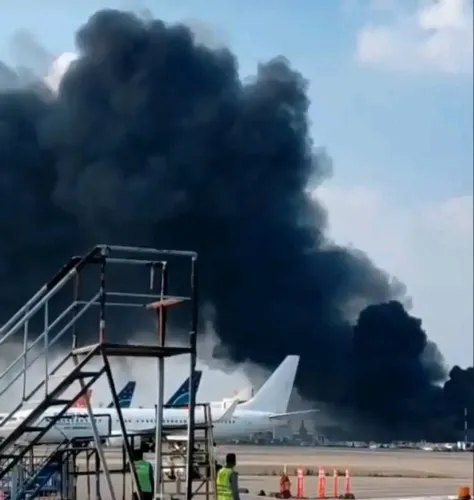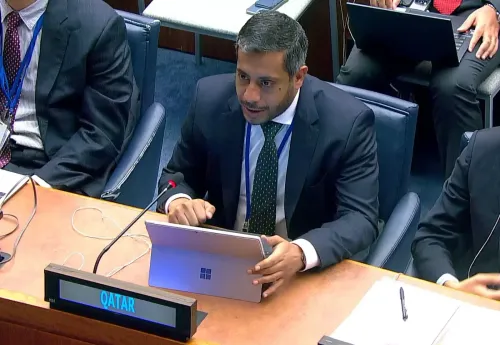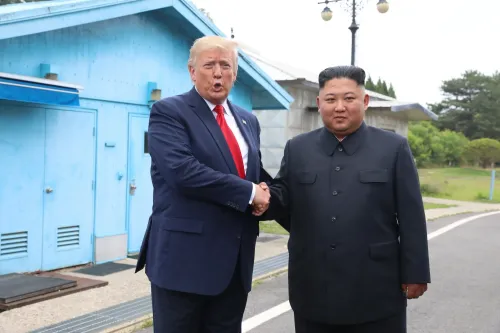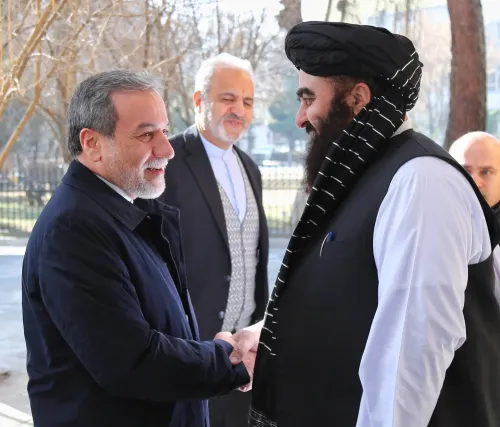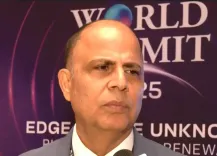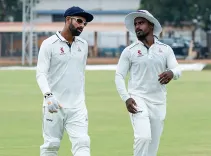Is Pakistan Attempting to Rewrite Bangladesh's Cultural Identity?
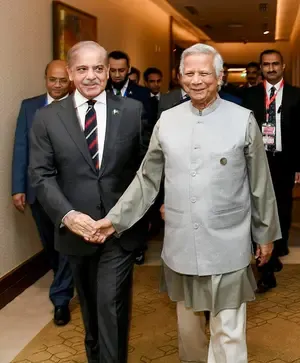
Synopsis
Key Takeaways
- Bangladesh is facing rising radicalisation.
- ISI's influence is a growing concern.
- Pakistan aims to change the cultural identity of Bangladesh.
- Madrasas are being promoted over regular schools.
- The situation poses risks to regional stability.
New Delhi, Oct 18 (NationPress) A noticeable increase in radicalisation has been observed in Bangladesh since the appointment of Muhammad Yunus as the caretaker leader of the interim government. The surge in radicalisation, acts of violence against minorities, and the proliferation of terror camps have become evident, as Yunus is seen as a puppet of the ISI-controlled Jamaat-e-Islami.
As violence becomes an everyday occurrence, the alarming presence of the ISI in Bangladesh raises concerns. The ISI is notorious for establishing terror camps, but the more significant issue at hand is Pakistan's apparent strategy to erase the cultural identity of Bangladesh.
Three camps have been established in Dhaka, supervised by radical figures appointed by the ISI. The ISI seems intent on indoctrinating the Bangladeshi populace to adopt extreme radical views, aiming to govern the nation similarly to Pakistan.
The influx of clerics from Pakistan to Bangladesh has skyrocketed. These clerics frequently visit the ISI-established camps in the Chittagong Hill Tracts and other regions, while dedicated camps in Dhaka also receive their attention.
Arranged by Pakistan and coordinated by groups such as the Jamaat, Hizb-ut-Tahrir, and Bangladeshi Islami Andolan, these visits aim to transport large numbers of Bangladeshi youth to the camps. The clerics promote a narrative centered on embracing a purely Islamist identity and advocate for the adoption of Urdu as the official language.
This strategy seeks to obliterate the Bangla identity among the populace and shift the nation towards the ideology prevalent in Pakistan. Currently, the official language of Bangladesh is Bengali, known as Bangla among its speakers. Approximately 98 percent of the population communicates in Bengali, while a significant number also speak English. Pakistan aims to alter this linguistic landscape by introducing Urdu as the primary language.
Moreover, the ISI has been pressuring the Jamaat to expand the number of madrasas and ensure that children regard these institutions as their primary educational centers, rather than conventional schools. This tactic mirrors Pakistan's long-standing educational policies. The ultimate goal in Bangladesh appears to be the clerics assuming control over the governance.
While Pakistan strives to transform the cultural identity of Bangladesh, the ISI simultaneously continues to establish numerous terror camps. These camps are overseen by ISI officials, with recruitment duties assigned to groups like Jamaat-ul-Mujahideen Bangladesh (JuMB), Ansarullah Bangla Team (ABT), and Harkat-ul-Jihadi Islami (HuJI).
Experts suggest that the proliferation of terror camps under a puppet regime was anticipated. India is prepared for any potential threats from these terror entities. However, the primary concern is that the ISI has established camps specifically aimed at altering Bangladesh's cultural identity.
Many Bangladeshis view India as a friendly nation, with numerous individuals traveling to India for education or medical services. There are significant cultural ties between Bangladesh and India, especially with West Bengal. Pakistan is keen on changing this dynamic, aiming to mold Bangladeshis into a populace akin to Pakistanis, who have been conditioned to harbor animosity towards India since childhood.
The initiatives being pursued by the ISI and Jamaat could pose a severe threat to the region. Officials warn that a fully radicalised Bangladesh may lead its citizens to abandon traditional education and seek livelihoods through terrorism.

